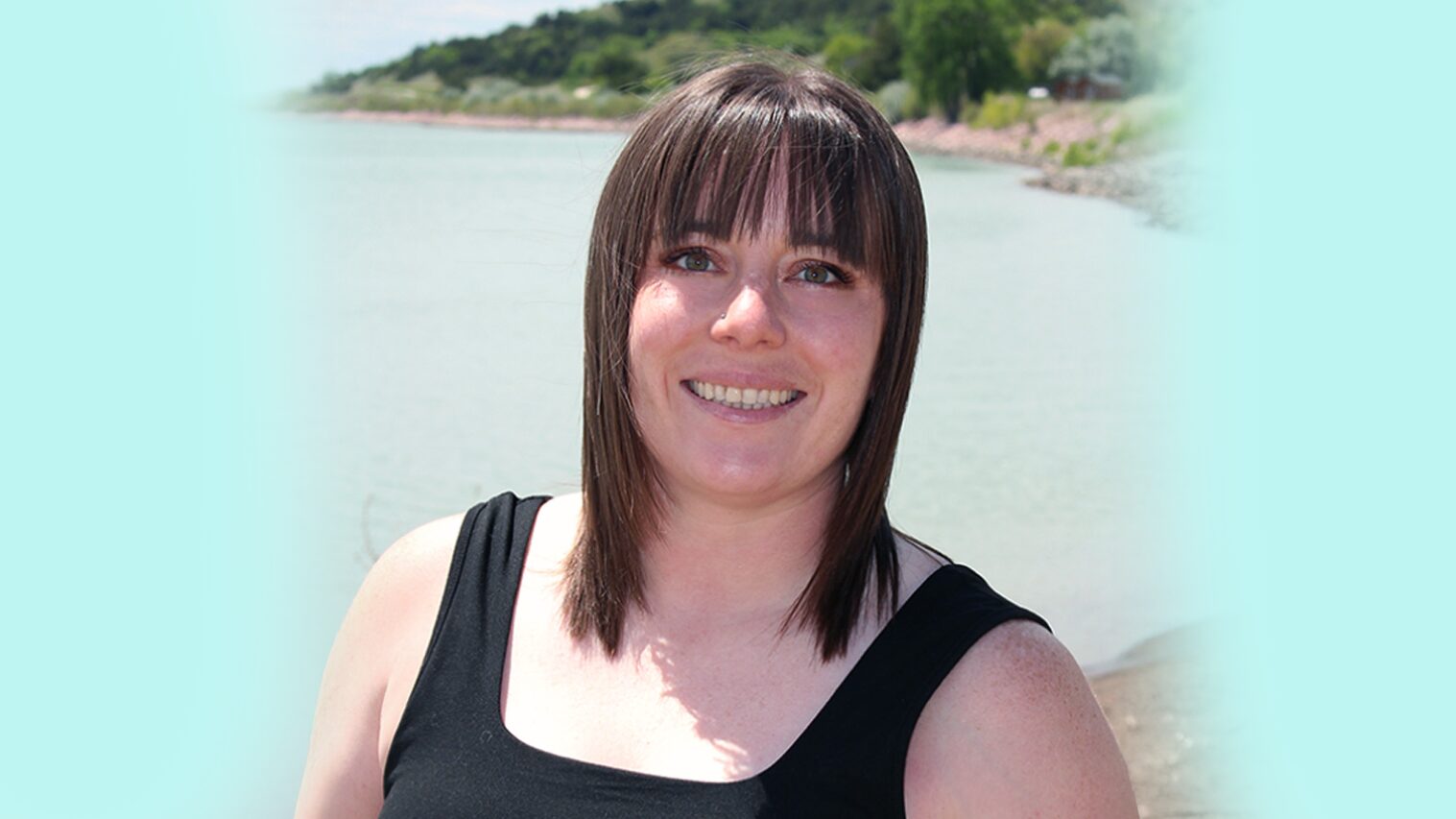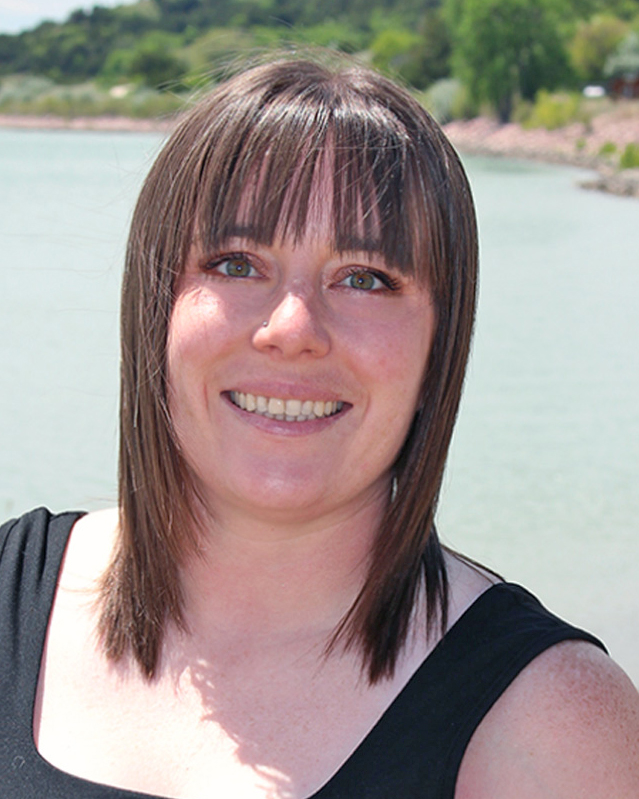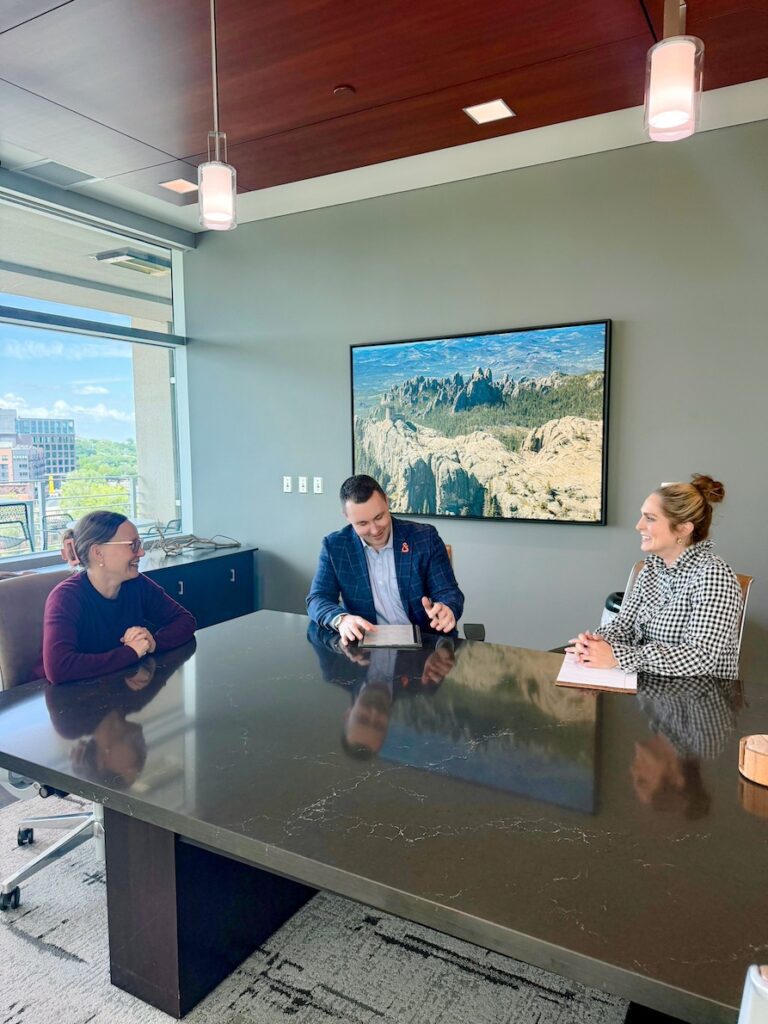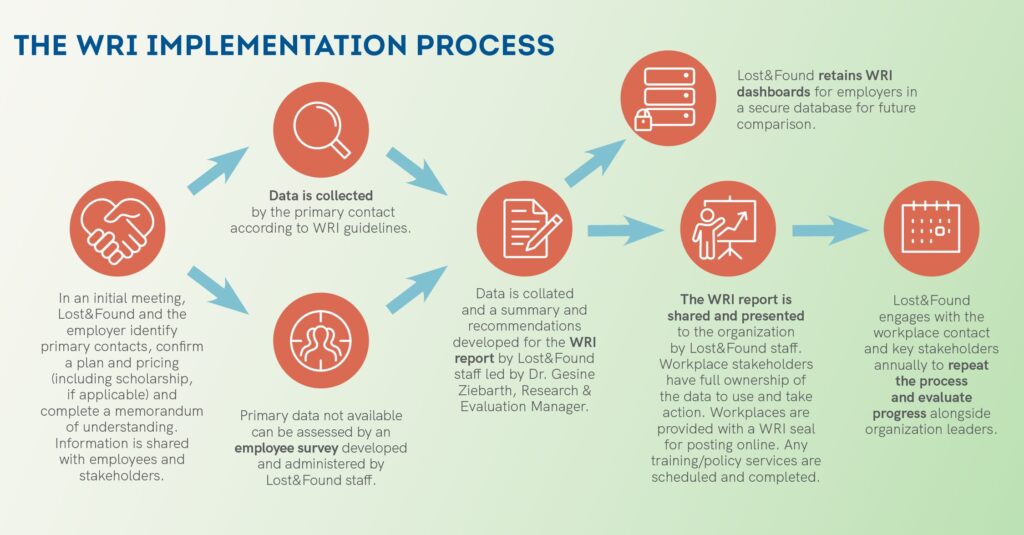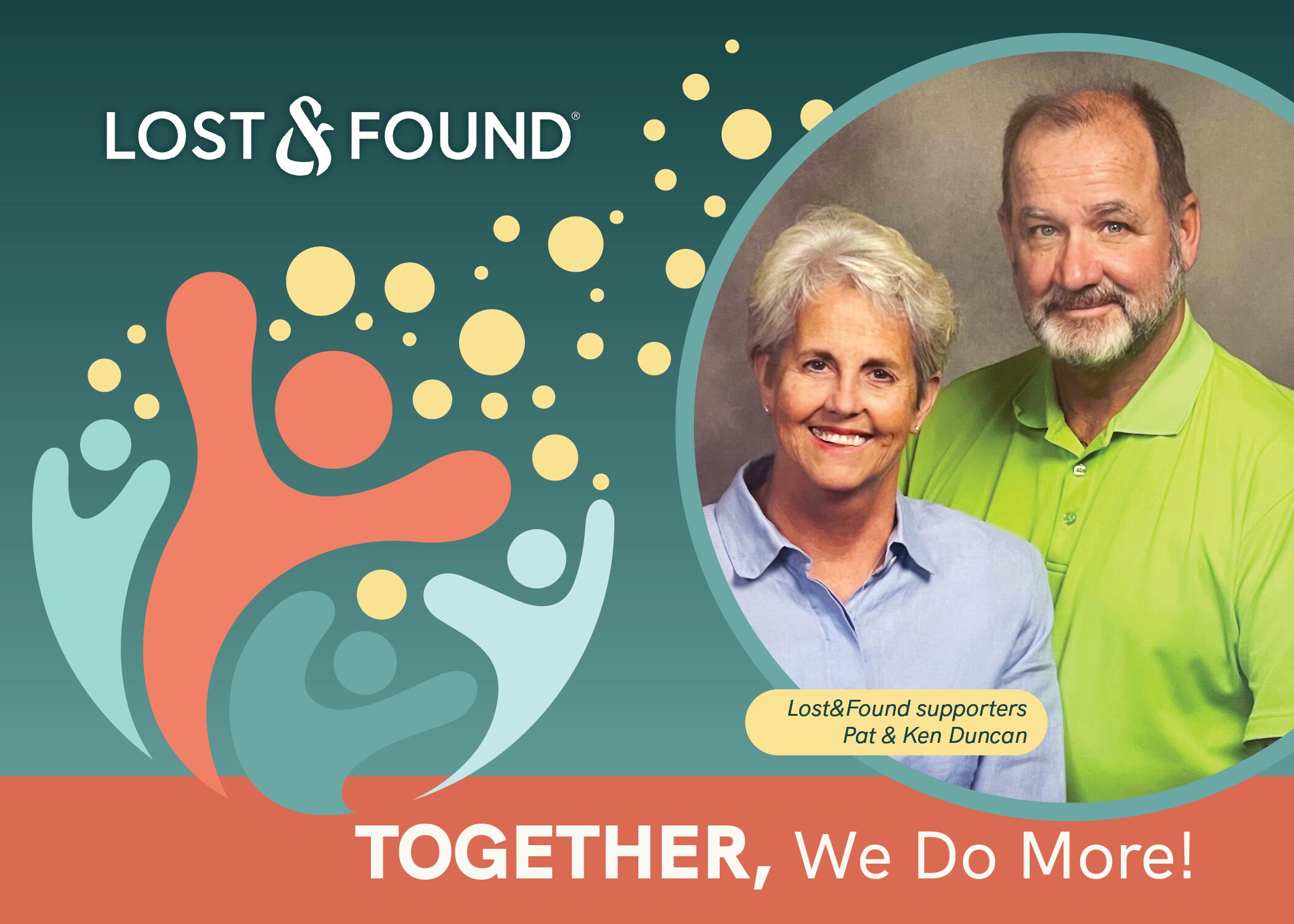
This June, Lost&Found (along with many others) is celebrating LGBTQIA2S+ Pride Month. We will be sharing suicide prevention resources at Pride festivals throughout the month:
- June 14 – Sioux Falls Pride – Yankton Trail Park, 1 to 5 p.m.
- June 21 – Brookings Pride in the Park – Pioneer Park, 11 a.m. to 3 p.m.
- June 27 – Vermillion Pride
- June 28 – Black Hills Pride – Memorial Park, Rapid City, 10 a.m. to 4 p.m. MDT
What is Pride Month, and why does it matter to Lost&Found? Read on!
What is Pride Month?
Pride Month honors the struggle for recognition and equal rights by those in the LGBTQIA2S+ community. Originally focused on gay rights, Pride Month now covers a broader spectrum. The acronym stands for Lesbian, Gay, Bisexual, Transgender, Questioning (or Queer), Intersex, Asexual, Two-Spirit, and Other Identities (+).
It’s also a time for celebrating the accomplishments of LGBTQIA2S+ people, as well as a time for people to gather and find encouragement and community together.
Pride Month is celebrated in June because that’s when the Stonewall riots, an important event in the history of gay rights, took place in 1969. In the 1960s, when homosexual acts were illegal and homosexuals were often publicly shunned and the target of violence, police frequently raided gay bars, arresting the customers. On June 28, 1969, when police raided the Stonewall Inn in Greenwich Village in New York City, patrons refused to cooperate and fought back. The riots that night and in the nights following led to a sea change: People who had hidden who they were before were empowered to be open about who they were, and the cause of gay rights gained strength throughout the nation and the world.
The use of the word “pride” to describe celebrations of LGBTQIA2S+ was encouraged by a gay activist named L. Craig Schoonmaker. “A lot of people were very repressed. They were conflicted internally, and didn’t know how to come out and be proud,” Schoonmaker said in an interview with The Allusionist podcast in 2015. “That’s how the movement was most useful, because they thought, ‘Maybe I should be proud.’”
Why is Lost&Found celebrating Pride Month?

Unfortunately, there is a connection between suicide risk and LGBTQIA2S+ young people.
The Trevor Project’s 2024 National Survey on LGBTQ Youth Mental Health shows that rates of suicidal thoughts remain high among LGBTQ youth. Among the key findings:
- Forty-six percent of LGBTQ+ youth ages 13-17 surveyed seriously considered suicide in the past year, including half of transgender and nonbinary youth.
- Sixteen percent of LGBTQ+ youth ages 13-17 surveyed attempted suicide in the past year.
While rates among the general young adult population have also trended higher recently, the risk is significantly higher among the LGBTQ population. In South Dakota, 17.1 percent of 9th- through 12th-graders said they had considered suicide in 2023. And 8.4 percent said they had attempted suicide in the 12 months before the survey. (These statistics are also, of course, unacceptably high.)
“Our efforts to prevent suicide among youth and young adults cannot be taken seriously if we do not live out our work as allies to the LGBTQ+ and Two-Spirit communities of South Dakota and the surrounding region,” said Lost&Found Co-Founder Erik Muckey. “We have a responsibility to understand and respond to the roots of suicide risk for LGBTQ+ and Two-Spirit South Dakotans. I strongly encourage all South Dakotans, especially community leaders, around our state and region to join Lost&Found in celebrating Pride Month while recognizing our collective role in preventing suicide.”
What factors affect suicide risk among LGBTQ young adults?
Mental health and suicide risk among LGBTQ youth is closely related to how the youth are treated. According to the 2024 survey:
- “The overwhelming majority (90%) of LGBTQ+ young people said their well-being was negatively impacted due to recent politics. Over half (53%) said their well-being was negatively impacted by politics a lot.”
- “Nearly 2 in 5 (39%) LGBTQ+ young people said that they or their family have considered moving to a different state because of anti-LGBTQ+ politics and laws.”
- Suicide attempts are higher for LGBTQ youth who have been physically threatened or harmed due to either their sexual orientation or gender identity (25 percent) compared to those who have not (8 percent).
- Suicide attempts are higher for LGBTQ youth who have experienced discrimination (18 percent) compared to those who have not (7 percent).
- Suicide attempts are higher for LGBTQ youth subjected to (27 percent) or threatened with (27 percent) conversion therapy compared to those who have not (9 percent).
- Suicide attempts are higher for LGBTQ youth who were bullied (18 percent) compared to those who were not (6 percent). Nearly half of LGBTQ+ youth experienced bullying in the past year.
- Suicide attempts are higher for LGBTQ youth who do not have access to LGBTQ-affirming spaces compared to those who do. (Thirteen percent of those whose home is not LGBTQ-affirming attempted suicide, compared to 9 percent who have a home that is affirming; for schools, the percentages were 14 percent for non-LGBTQ-affirming and 10 percent for affirming.)
How can we help?
The LGBTQ+ young people who responded to the survey suggested ways in which people can best show their support and acceptance. The top ways were “Trusting that I know who I am,” “Standing up for me,” and “Not supporting politicians that advocate for anti-LGBTQ+ legislation.” Here are the top ten suggestions:

“For the first time, we asked respondents to share a message of advice or encouragement to other young people in the LGBTQ+ community. There is no doubt that this has been a challenging year for LGBTQ+ young people. Yet despite these challenges, including the historic wave of anti-LGBTQ+ legislation that has targeted them, these young people remain powerful, optimistic, and resilient,” according to the survey authors.
This article was first published in June 2022 and was updated June 3, 2025.
